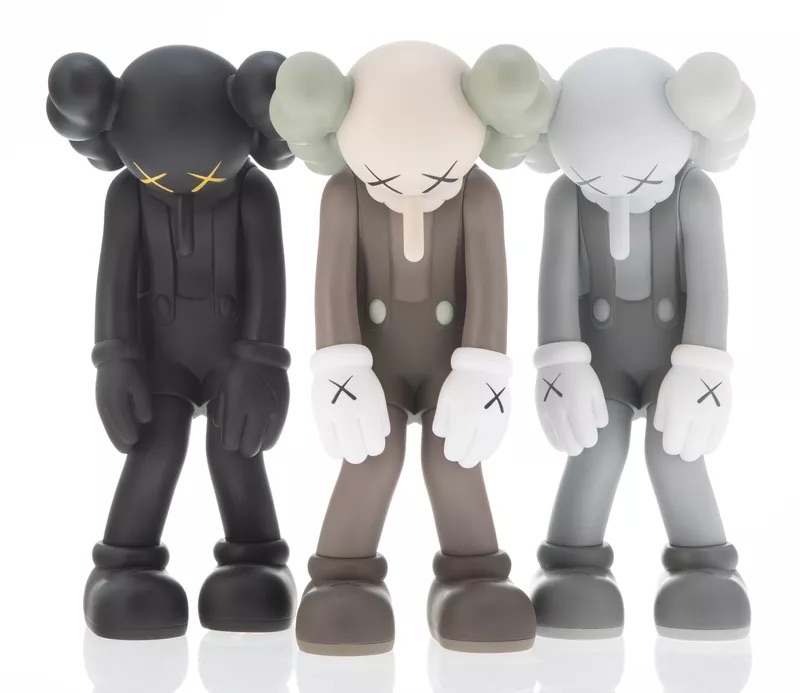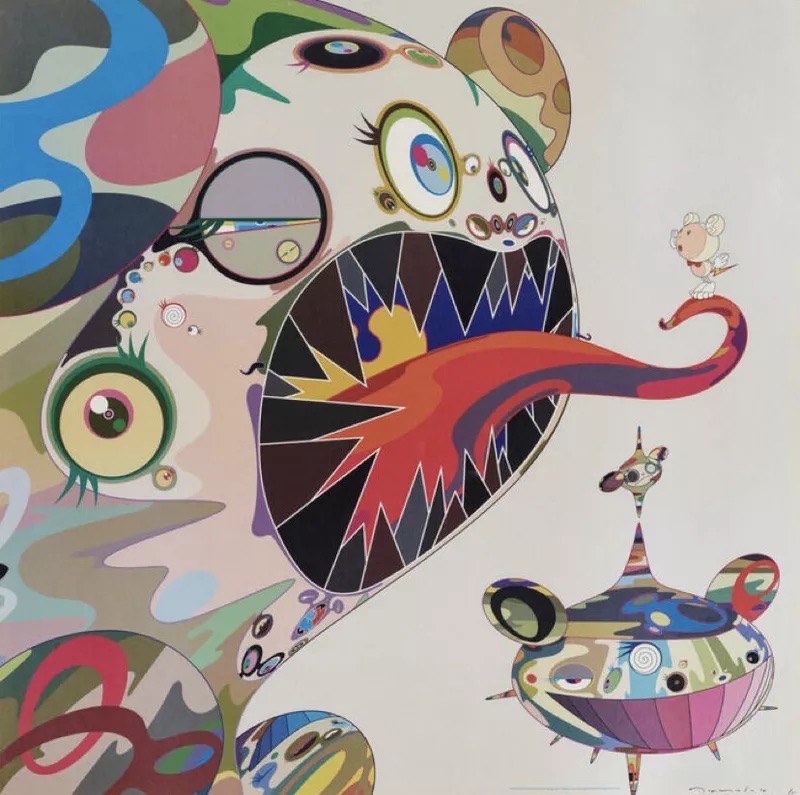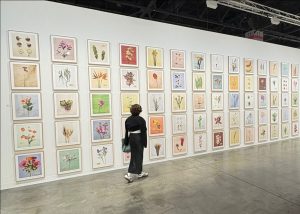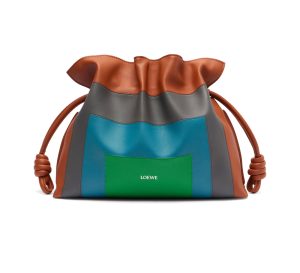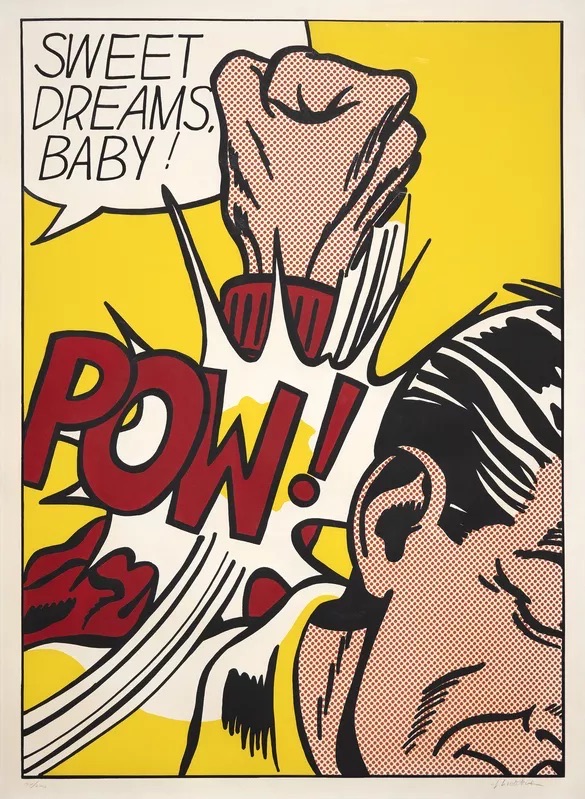
The aesthetics of comic books and other animated media entered the realm of fine art when pop-artists such as Andy Warhol and Roy Lichtenstein began to parody these forms in the 1960s. The tactic of placing these pieces in the hallowed halls of galleries and museums disrupted traditional distinctions between high art and low-brow culture. Lichtenstein was particularly inspired by the comic strip, using paint to imitate the spotted pattern of printed imagery and expand it to the scale of a large canvas.
Keith Herring and Kenny Scharf constituted the forefront of a post-pop artistic landscape which combined pop-art with influences from New York night life: graffiti, neon, and psychedelic colours. They adopted the strategies of underground graffitos and used their art to brighten up decaying infrastructure- with Haring famously animating the subway tunnels with his faux-naif markings. The resulting visual language is a distinctive marriage of comic book forms and early hip-hop culture.
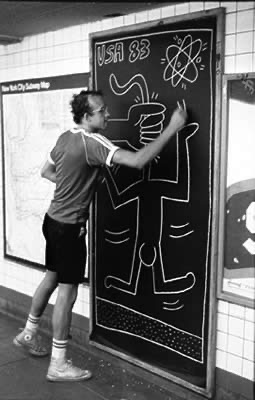
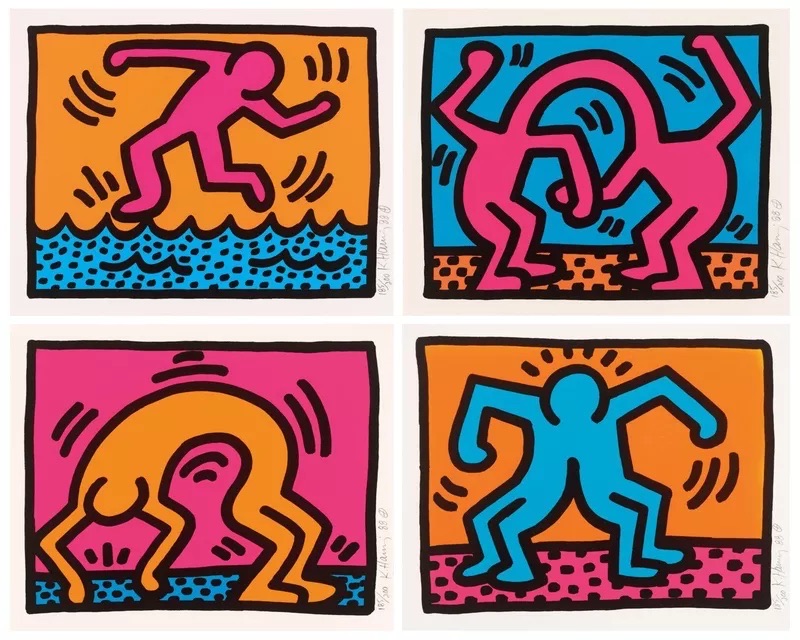
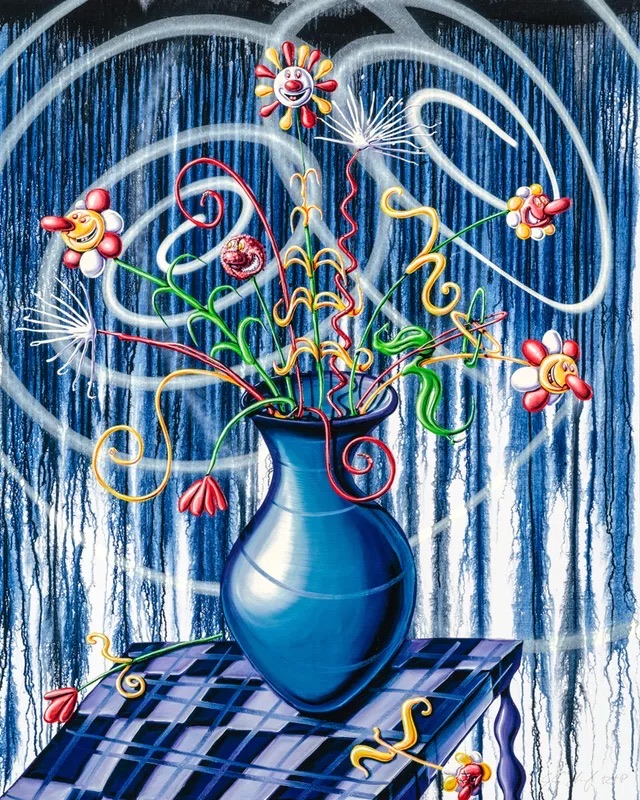
Simultaneously, artists coming of age in the 1980s and 1990s began suffusing the forms of animated media with the aesthetics of Punk-Rock. Already in her mid-50s at this time, Joyce Pensato donned the all-black uniform of punk rock youth and worked in a studio stuffed with cartoon merchandise, such as Mickey Mouse plushies and Homer Simpson figurines. Using distinctive course black lines, the artist put a sinister, punk rock twist on beloved icons. Like Pensato, Yashimoto Nara began to use the influence of punk to subvert the Japanese culture of Kawaii (a cultural love of cuteness) which characterized the genres of manga and anime.
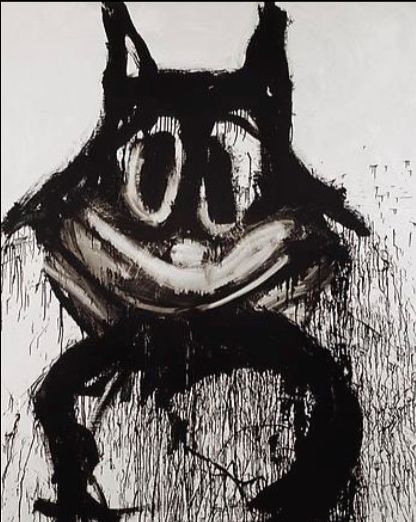
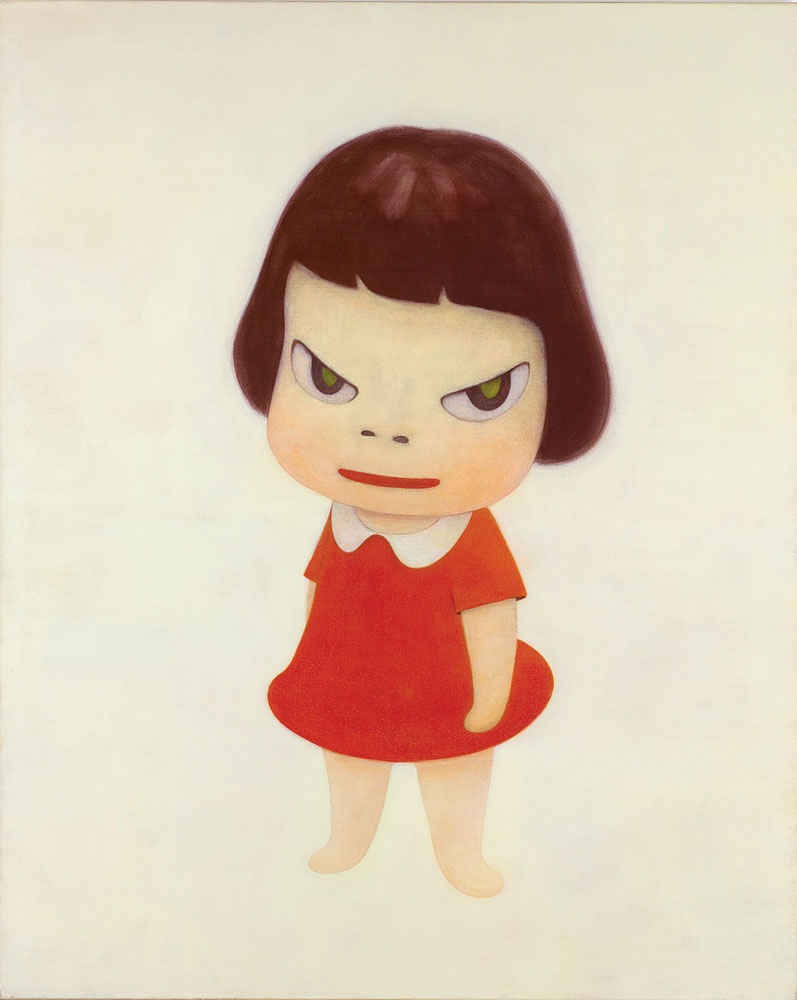
Mickey mouse and the culture of Kawaii also figure prominently in the practices of Takashi Murakami and KAWS. KAWS, an ex-Disney illustrator, continually deploys a dead-eyed, monochromatic version of the company’s flagship property in his figurines. Murakami’s razor-toothed mutant-mouse is a central character in the artist’s practice. Both artists often partner with brands and manufacturers to produce limited-edition ready-mades, complicating the distinction between art and industrial production.
If you would like to know more about contemporary artists who work with the aesthetics of animated media, don’t hesitate to reach out!
